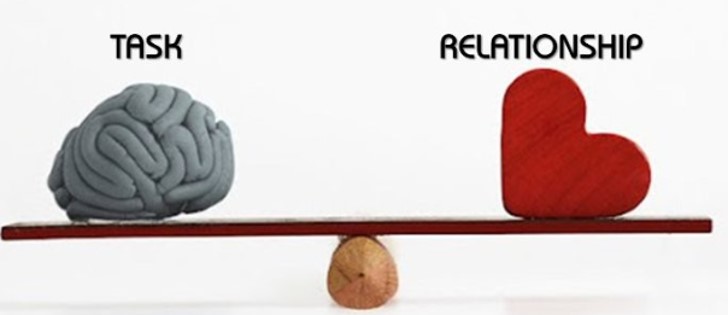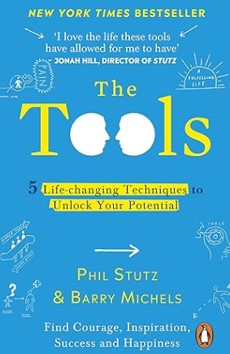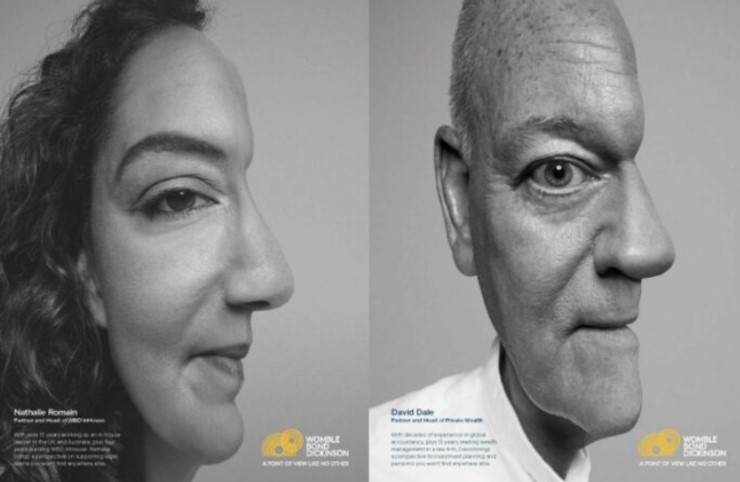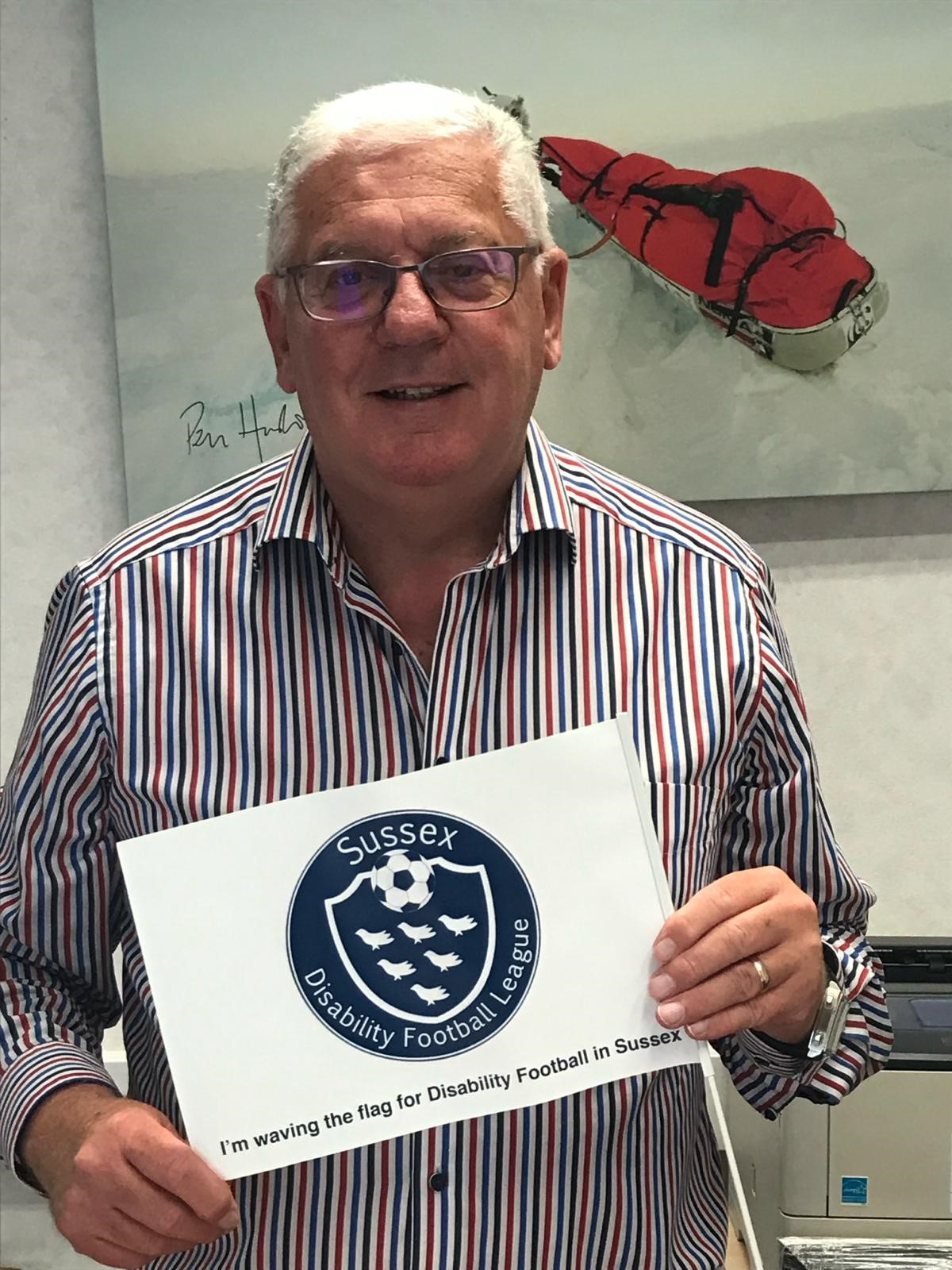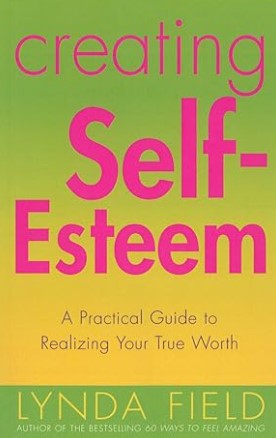
At the most recent coaching skills course we reflected on the power of questions. In most coaching sessions, we use a simple framework of questions like John Whitmore’s GROW (Goals – Reality – Options – Will to act) to help the person reach their own conclusions about what they want and need to do. The individual builds self-confidence from deciding what they need to do – rather than being told – so it is important for delegation and developing team members.
It should be noted that coaching is a process that uses the power of questions whereas mentoring is where someone is giving advice as they have more experience.
One of the problems in business development coaching is that as professional marketers and business developers we want the person we are coaching to see our point of view and do what we have learned to be the right things the right way. But telling someone to do something is not the same as coaching them to attempting a different approach. So we use structured questions to help the person discover for themselves what they need to do.
As people are often unclear about their goals when they start coaching, I often begin with questions about their current situation or reality. This enables me both to obtain relevant background about the person and their work and also to start thinking about what sorts of goals they are likely to have or need.
Reality testing – understanding the current situation
In coaching we use the power of questions to lead people to explore their values, views, options and actions in a structured way and to help them reality-test their plans.
We know from the latest research on selling that people are more likely to be persuaded when a person asks insightful questions, provides additional ideas and information with those questions, educates and challenges them and creates an impact by asking the right questions.
So in coaching we need to help people break out of the old ways of thinking and behaving. Human beings are creatures of habit – doing things the way that we have done them in the past is safe and relatively low risk. To try something new is risky – both to our reputation and to relationships.
By asking questions, we allow people to explore their inner world. To reflect what has happened in the past, what worked and what didn’t work and how they would like things to be different in the future.
Questions also encourage them to think about other people’s perspectives which may be different to their own. It can help them develop empathy with colleagues and clients.
Setting goals
With coaching, we are providing a safe environment where people can express their views, questions and even fears in confidence. In coaching, we are providing a supportive environment in which the person can explore what they need to do in their own way.
If we tell people to do something we are likely to meet resistance. And if people are told to do something, they are less likely to be committed to doing it than if they had come up with the idea themselves.
Just like in selling, we use questions to explore afflictions (from which people want to move away) and aspirations (to which people want to move towards). We know that people are either motivated to move away from things that discomfort them or towards things that attract them. Questions help us understand the motivations for that particular individual. There is more about motivation here: http://kimtasso.com/top-tips-for-motivating-people/
We use questions to build a compelling view of the past. We use questions to help the individual consider the downsides of not acting and the upsides of changing. The firm’s culture and formal and informal reward systems will have a bearing on this too.
Developing more options
People are often stuck because they can only see one route forward and for some reason this is not a palatable or feasible route.
So coaching questions are important for helping people to think through what else they might do. These might be questions about what has worked for them in the past, It might be questions about what other people have found successful. And those questions might explore how these strategies might be used in the future.
Questions will also help us to explore any limiting assumptions that may be preventing someone from setting or attempting to achieve a goal http://kimtasso.com/set-goals-check-limiting-assumptions/
A final series of questions might help the person consider the various options available to them and chose – by balancing the pros and cons – the most appropriate course of action.
Generating commitment to act
We use questions to help people think through out loud what they need to do and when. We use questions to test what might be involved and to ensure that the person has considered all of the possible steps that they need to take and barriers to overcome to achieve their goals.
And in the final stage of coaching we have to consider whether the person is really in a place where they can make progress towards their goal(s). So this might involve questions about what can be reasonably achieved in the short term – bite-sized and manageable chunks of activities that can be completed before the next coaching session.
Coaching in practice
The delegates outlined some of their biggest challenges and asked for strategies and techniques for dealing with them.
How do I get someone to do something new?
Change management is hard. We know that generally pushing people (the stick approach) to do things is less effective than pulling (the carrot approach). The earlier references to motivation are important here.
We know from change management theory that the three key elements to change are a) rational reasons to change b) emotional reasons to change and c) specific steps that must be taken to start that change (see http://kimtasso.com/change-management-book-review-switch-how-to-change-things-when-change-is-hard-by-chip-and-dan-heath/)
People learn differently too – so consider the best method for the individual to assimilate new information and develop new skills (see http://kimtasso.com/boost-training-effectiveness-learning-theory-nutshell/ and http://kimtasso.com/improve-learning-effectiveness-using-kolbs-learning-styles/)
We also need to consider risk. We might be asking someone to move out of their comfort zone – letting go of attitudes and behaviours that have served them well in the past. They may fear failure and they may fear reputational risk. If they are following a powerful role model then it may be necessary to change the behaviour of that person.
The idea of in group bias is relevant here (http://kimtasso.com/change-management-in-a-surveyors-practice-bridging-the-gap-between-the-old-and-the-new/) – people will wish to behave in a way that is similar to other members of the group to which they feel they belong. Persuasion science also considers the importance of the views of others on us http://kimtasso.com/faq/how-can-i-improve-my-persuasion-skills/
And all new behaviours will need to be practiced and reinforced. You can expect there to be relapses into old behaviours.
What do I do when people ignore or deny negative feedback?
We all have different mental models of the world – we each see things from our own individual perspective ( See http://kimtasso.com/what-is-nlp-neuro-linguistic-programming/). And naturally we will believe that what we are doing is right. When there is an inconsistency between attitudes or behaviours (cognitive dissonance), something must change to eliminate the dissonance. Coaching questions and feedback can help to highlight a dissonance and encourage people to change. But it might also be met with denial or resistance.
We also need to be aware that people react differently to feedback and criticism. Some personality types can experience negative feedback as acutely as physical pain so it is no surprise that they might try to avoid this experience. See the material from Naomi Eisenberger here http://kimtasso.com/leadership-lessons-from-star-trek-and-neuroscience/
Nancy Kline suggests that you create an appreciative climate where there is a ratio of five positive pieces of feedback for each negative piece of feedback.
How do I earn the right to give a view?
This requires a relationship and trust. People need to know and trust you before they are likely to seek or take heed of your views and advice.
Our first job is therefore to develop a relationship with those we want to influence. There is much information on how to do this effectively using empathy and communication. We need to understand why people hold the views that they do – by asking questions – and validate them before offering our views. This means that we must listen actively. We must recognise that often the people we are trying to influence may have much greater knowledge and experience than ourselves and we must acknowledge this.
We also need to develop trust – and there are two parts of this – sensible/rational trust (experts demonstrating knowledge/intelligence, do what you say you’ll do and know your stuff) and sensitive/emotional trust which is all about empathy and social intelligence. See http://kimtasso.com/book-review-emotional-intelligence-2-0-travis-bradberry-jean-greaves/
There are many posts about buy-in (see, for example: http://kimtasso.com/achieving-buy-oranges-elephants-dancing/ and http://kimtasso.com/bottlenecks-bulldozers-caught-cross-fire-highlights-stakeholder-management-buy-session-2016/)
There are also a host of consulting skills involved here too.



